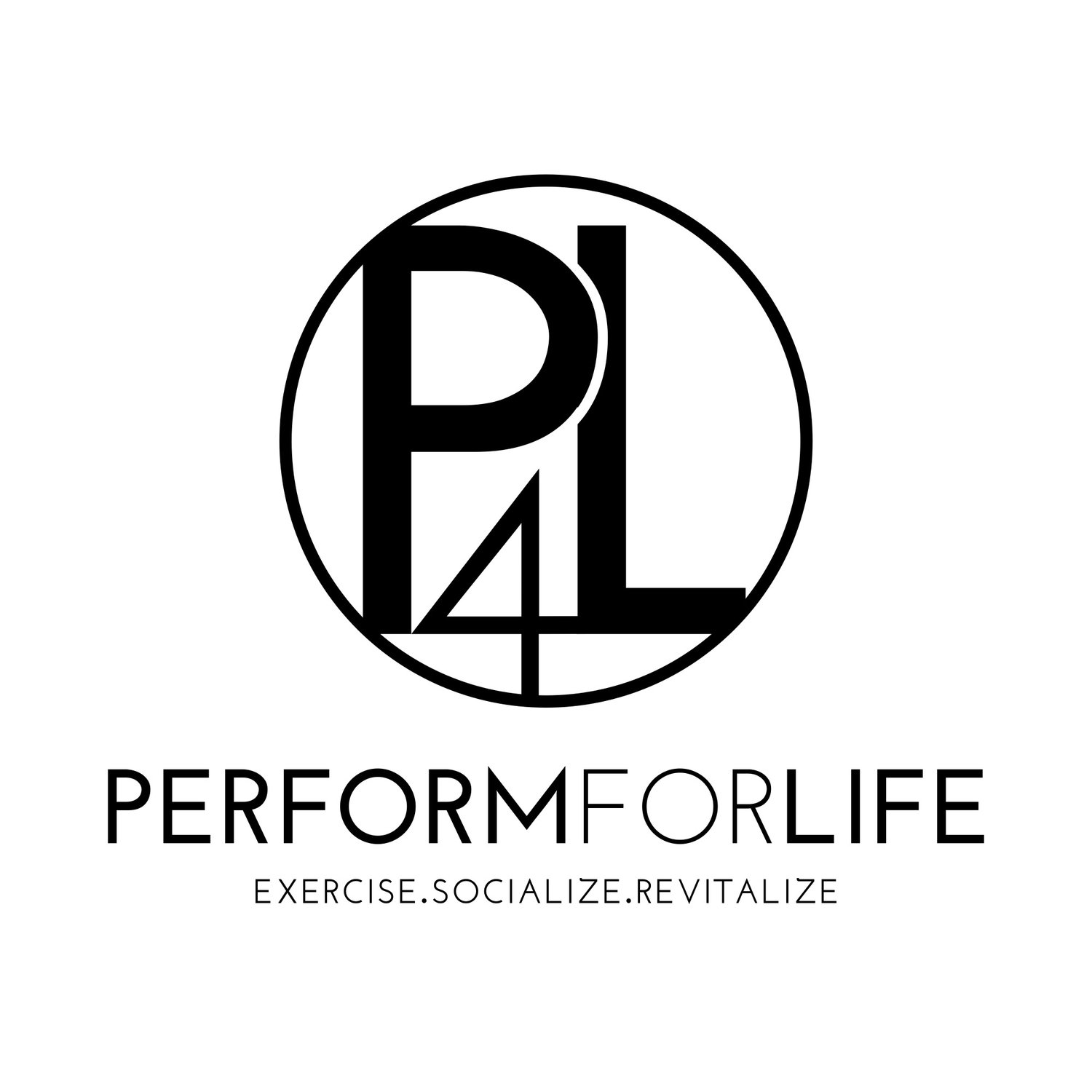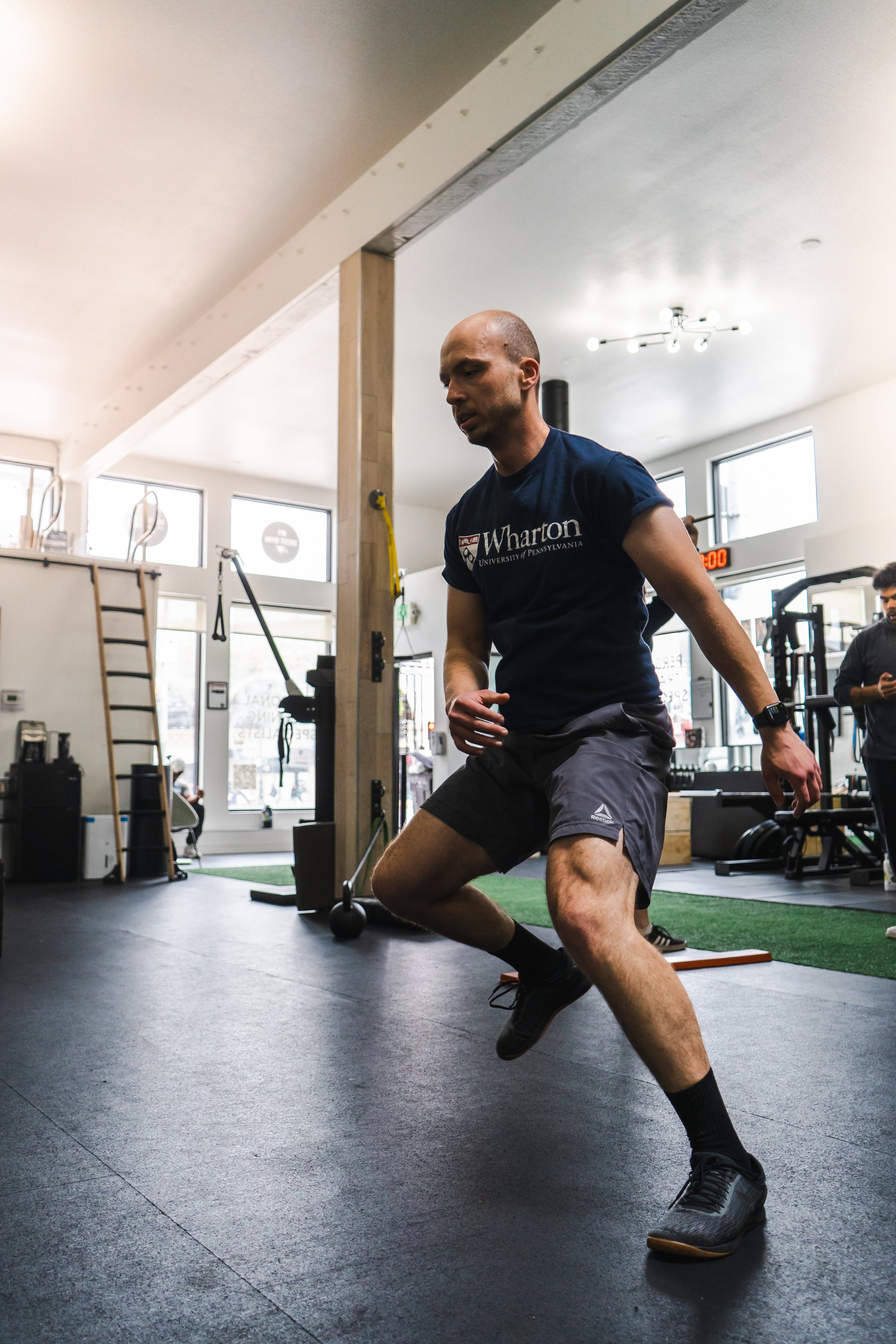Why You Should Be Using Kettlebells
First, what are kettlebells?! Kettlebells were first developed in Russia and are traditionally cast-iron rounded weights with a handle. Though you may have seen or used one in an exercise class, they’re actually still used a lot by special forces, martial arts masters, and national champion lifters, as well.
What makes this certain type of weight so special, you may ask? It’s because of how many athletic components you’re able to work. Research has shown kettlebell-specific routines to increase strength, strength endurance, general endurance, work capacity, balance, coordination, and agility, and to lower heart rate and blood pressure. A study commissioned by the American Council on Exercise (ACE) in 2010 found that, during a kettlebell snatch (a type of olympic lift) workout, subjects were burning at least 20.2 calories a minute. This is equivalent to running a 6-minute mile pace, and they compared that calorie expenditure to the amount of calories burned while cross-country skiing uphill at a fast pace. With all of these possible benefits that basically cover every spectrum of fitness and athletics, why not train with kettlebells?
If you’re just getting into training and are overwhelmed by all the different machines and weight types throughout the gym, the kettlebell can be your answer to simplify things. I recently earned my StrongFirst Kettlebell Certification, which focuses on 6 lifts that can essentially be the entirety of your workout routine. You may need a couple different weights, but you can basically replace an entire gym full of equipment with just a couple of kettlebells. A national champion track and field thrower, Dan John famously said “with this kettlebell in my bedroom I can prepare for Nationals.” Form and technique are very important while using kettlebells to train, so make sure you’ve got a coach that can introduce you to the basics - as StrongFirst says: “safe execution first, perfect is a journey.” Even with light weight, just because of the nature of the exercises using this modality, you will get a large training effect.
For those athletes out there trying to up their game, this style of training will be hugely beneficial for you, as well. A big component of what makes kettlebell training transfer to sports is the relationship between relaxation and tension that is ever present. To hit a ball it’s furthest, or to throw the most powerful punch, an athlete needs both of these components at certain times. First starting loose so that they can react, then an initial tensing as they initiate the movement, followed by another relaxation period as the arm or bat flies to its target at top speed, and finally when connection has been made, tensing with everything the athlete has against his or her target. With this order, you can achieve maximum speed in the movement while backing it with power and strength. By training with kettlebells, you’re working on these same ideals, especially during the kettlebell swing which, of the main kettlebell lifts, most closely mimics this order. In the swing, you’re relaxed as you swing in the down motion, followed by tension to initiate the movement, relaxation as the bell starts to swing up, and finally achieving full tension at the top of the swing. The swing, snatch, and clean are all considered “ballistic” movements by StrongFirst and will follow this same basic principle, while the get-up, front squat, and overhead press are considered “grinds” that’ll improve the amount of tension and strength your body can achieve. Prof. Leonid Matveyev, a soviet scientist, noted that higher-level athletes could relax their muscles faster, observing an 800% difference between novice and olympic-level athletes in the speed of tension to relaxation in muscles. If you can’t relax your muscles, then they can’t hit maximum speed, which will ultimately hinder how much force you’re able to produce.
What does all of this mean? It means that any level of athlete can gain big benefits from a kettlebell workout routine, whether you’re training for a sport, competition, or just to look better. If you’re looking to mix things up - or to improve your own kettlebell skills - I suggest looking for a Strongfirst SFG certified trainer and get swinging!











